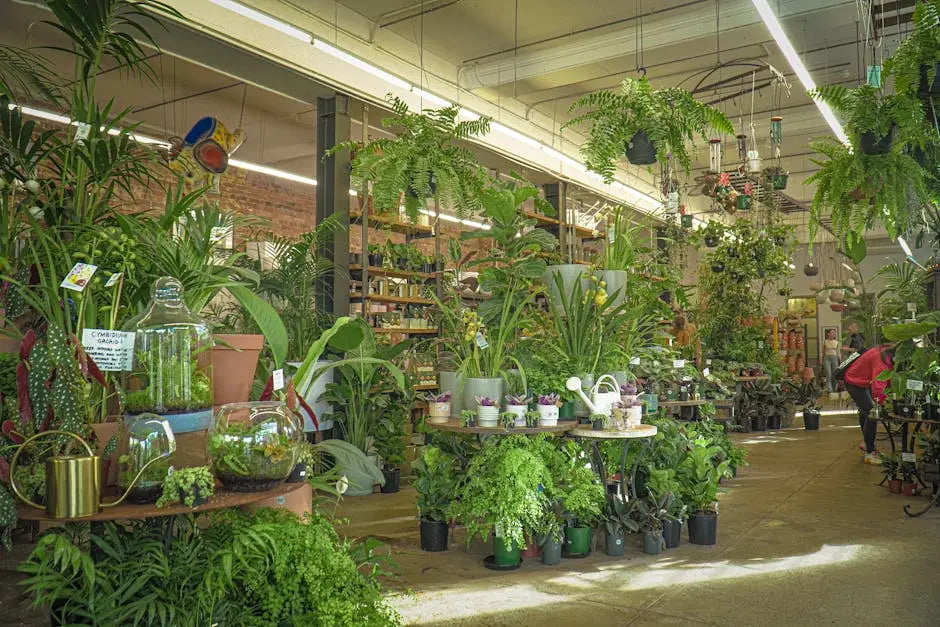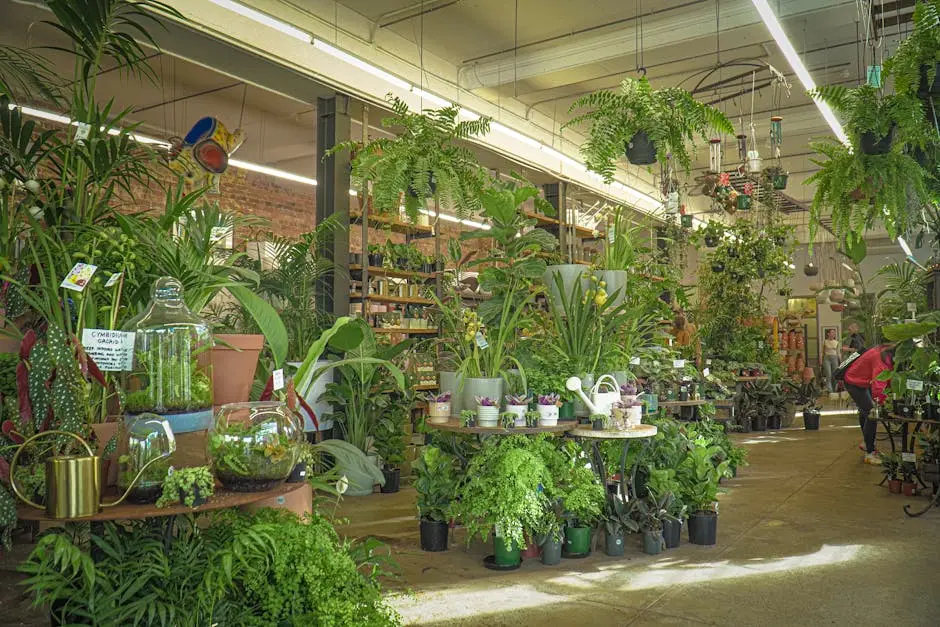
Sustainable Practices in Your Botanical Store: What to Look For
Share
In today’s world, sustainability is more important than ever, especially in industries that rely heavily on natural resources. Operating a botanical store offers a unique opportunity to embrace sustainable practices, not only to benefit the environment but also to appeal to a conscientious customer base. Let’s explore key sustainable practices that can make your botanical store a leader in eco-friendly retail.
Understanding Sustainable Sourcing
Sustainable sourcing involves selecting plants and materials that have been grown and harvested with minimal environmental impact. This includes choosing suppliers who practice eco-friendly methods, such as organic farming and fair trade. By prioritizing sustainably sourced products, you contribute to the health of ecosystems and support communities around the world.
A deeper dive into sustainable sourcing can reveal an array of benefits. For instance, choosing suppliers that engage in agroforestry—a practice that integrates trees and shrubs into farming landscapes—can significantly boost biodiversity while absorbing more carbon dioxide. Moreover, sourcing botanicals from local growers not only reduces the carbon footprint associated with long transport routes but also supports local economies. By focusing on these aspects, your botanical store can become an important player in promoting environmental sustainability in agriculture, making your business a model for others to follow.
Reducing Packaging Waste
Packaging is a significant contributor to waste in retail. Opting for biodegradable or recyclable packaging materials, such as recycled paper or compostable bags, can greatly reduce your store’s waste footprint. Encourage customers to bring their own bags and provide incentives for those who choose no-packaging options.
Creating a truly sustainable packaging strategy involves both reducing material usage and innovating in design. Using minimal packaging can substantially lower resource consumption. Consider implementing a return-and-reuse program where customers can return containers for a discount on their next purchase. Such initiatives not only serve the planet but also cultivate a loyal customer base who values environmental responsibility. Educating customers about recycling and waste reduction through in-store signage or workshops can further reinforce these values. Exploring broader measures like digital receipts can also contribute to reducing paper waste, aligning your store’s operations with sustainable practices.
To effectively decrease packaging waste, collaboration with suppliers is crucial. Engage in conversations with them to explore bulk purchasing and shipping options that minimize excess materials. Moreover, staying informed about the latest in sustainable materials innovation can provide new pathways for reducing environmental harm. By learning from industry trends and consumer expectations, your store can develop a packaging strategy that is both ecologically sound and appealing to environmentally conscious customers.
Energy Efficiency and Conservation
Improving energy efficiency within your store can greatly reduce your environmental impact. This could mean installing LED lighting, using energy-efficient appliances, and optimizing heating and cooling systems. Conservation efforts not only benefit the environment but can also lower operating costs.
Harnessing natural sunlight is one of the simplest yet most effective ways to reduce dependency on artificial lighting. Arrange your store layout to maximize natural light exposure, and consider installing skylights. Implementing a smart energy management system can also help track and manage power usage efficiently. Such systems provide real-time data on energy consumption, enabling store owners to identify areas where energy conservation efforts can be enhanced. Alongside operational changes, fostering a culture of sustainability among staff can greatly amplify these efforts. Encouraging employees to turn off lights and equipment when not in use can significantly conserve energy.
Water Conservation Strategies
Water is a vital resource in any botanical store. Implementing efficient irrigation systems and rainwater harvesting can help conserve this precious resource. Educating staff and customers on the importance of water conservation can further support your effort towards sustainability.
Water-saving technologies have made it easier than ever to manage this valuable resource in a responsible manner. Drip irrigation systems, for example, deliver water directly to plant roots, minimizing runoff and evaporation. Additionally, storing rainwater can serve as an alternative water source, reducing reliance on municipal supplies and demonstrating proactive environmental stewardship. Regular maintenance of plumbing fixtures and prompt repair of leaks further conserves water. Sharing these initiatives with customers can inspire them to adopt similar efforts in their homes, multiplying the impact of your water conservation strategies well beyond the walls of your store.
Engaging Customers in Sustainability
Involve your customers in your sustainability journey by educating them about the importance of sustainable habits. Provide workshops, tips, and informational materials to help them make environmentally conscious choices. Customer engagement not only promotes sustainability but also builds a community of like-minded individuals.
Interactive and educational activities can significantly enhance the customer experience and commitment to sustainability. Hosting regular events, such as DIY workshops that focus on creating eco-friendly home products or gardening tips, can provide practical skills that encourage continued engagement with your store. Furthermore, leveraging social media platforms to share sustainability stories and successes can extend your outreach and reinforce your brand as a leader in the eco-friendly retail space. Ultimately, these efforts generate a ripple effect, encouraging customers to adopt and share sustainable practices, and building a dedicated community around your store.
Growing Green: The Future of Sustainable Botanical Stores
Embracing sustainable practices in your botanical store is not just about protecting the environment; it’s about creating a harmonious balance between nature and commerce. By implementing these practices, you can ensure your business thrives ethically and minimizes its ecological footprint. Remember, every small change contributes to a larger impact, paving the way for a greener, more sustainable future. To learn more about how to start implementing these changes, visit our homepage.
